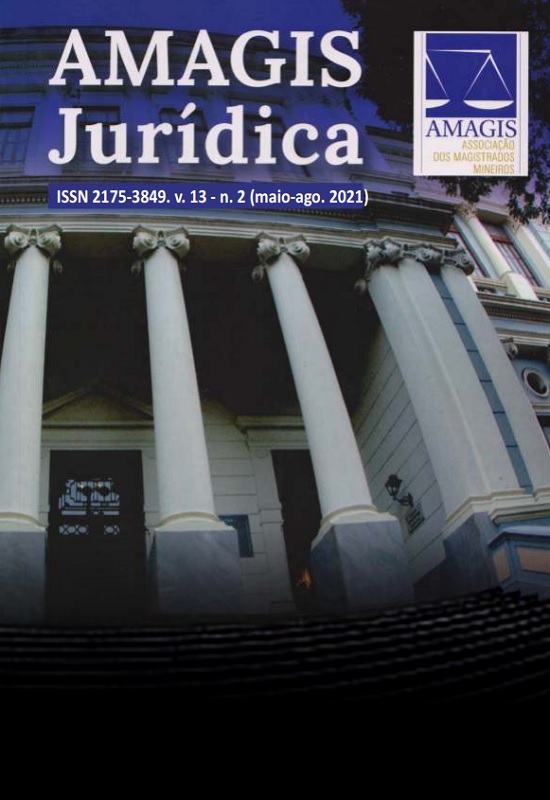Explaining legal transitions
Alan Watson’s comparative theory of legal change revisited
Resumo
Legal historians have observed that many legal norms have remained in force for a long time; yet the great degree of social change would prima facie also entail legal innovations. But there have been fewer than expected. Can one construct a general theoretical framework for assessing explanations concerning legal change and legal stability? Further, can such a framework be constructed from the perspective of comparative law? It may perhaps be argued that comparative law is not sufficient for constructing such a theory; a general analysis of society is also needed. But even if concrete conditions and cause and effect relations cannot be entirely explained by an abstract scheme, it is at least reasonable to hope that such a scheme may clarify some of the basic concepts at work and thus enhance insights into the character of law and its relations to other normative domains. The first part of this paper considers the nature and scope of comparative law and identifies different approaches to the subject adopted by contemporary comparatists. In the second part, the problem of legal change is discussed from the standpoint of a particular theoretical perspective represented by Professor Alan Watson, a leading comparative law scholar and legal historian.



